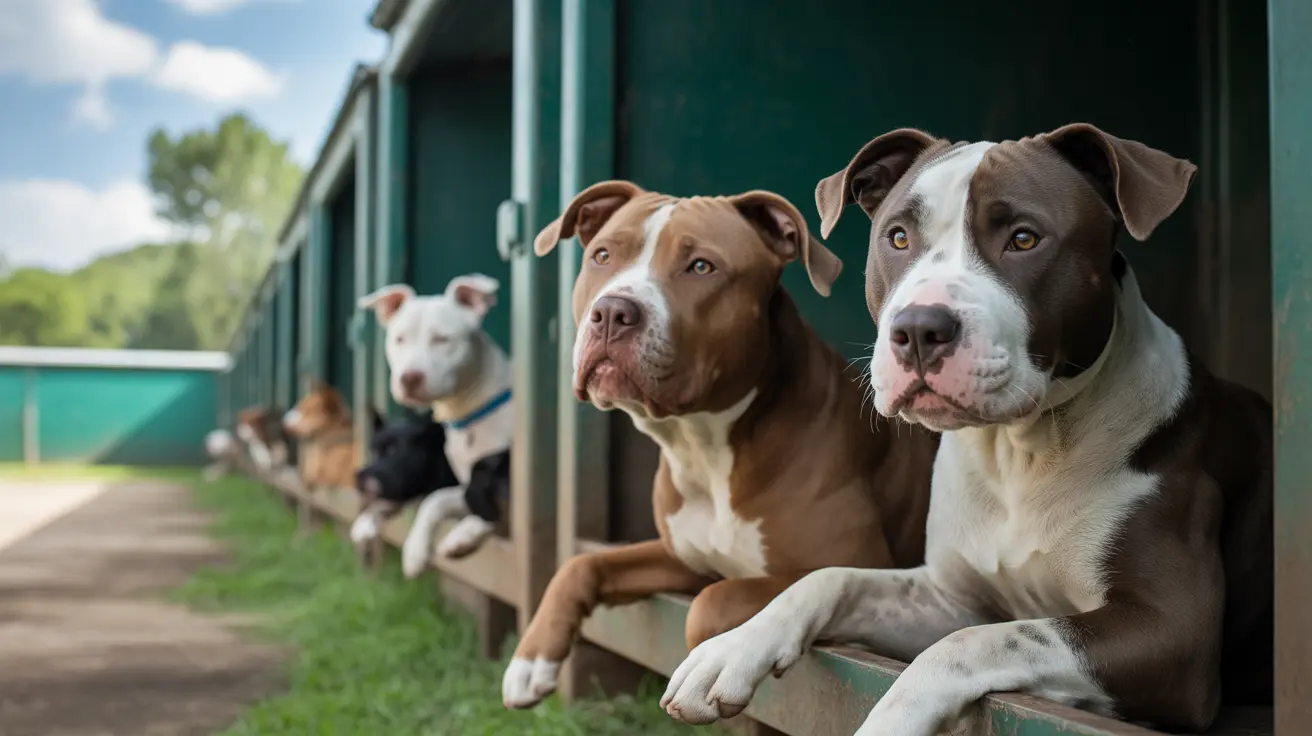Why Humans Cannot Mate with Animals: A Scientific Perspective
The idea of humans mating with animals has been a topic of myth, folklore, and cultural speculation for centuries. However, when examined through the lens of modern biology and genetics, such interspecies reproduction is scientifically impossible. In this article, we explore the biological reasons why humans and animals, particularly species like dogs, cannot produce offspring together.
Genetic Barriers
One of the foremost barriers to interbreeding is genetic incompatibility. The number and structure of chromosomes differ significantly across species. For instance:
- Humans have 46 chromosomes (23 pairs)
- Dogs have 78 chromosomes (39 pairs)
These differences are crucial. In order for viable offspring to result from the union of two different species, their chromosomes must pair correctly during meiosis (a kind of cell division that produces reproductive cells). When species have such drastically different chromosome numbers and structures, this pairing is impossible, making fertilization and development inviable.
Species-Specific Sperm-Egg Recognition
Another fundamental limitation is the species-specific recognition mechanism between sperm and egg. Cells contain receptors that allow sperm to recognize and bind to eggs of the same species. Human sperm cannot attach to dog eggs, and vice versa. Research shows:
- Human sperm recognizes and binds only to eggs from closely related species such as great apes and gibbons
- Dog sperm is vastly different in shape and function and is incompatible with the human reproductive system
These reproductive barriers are established at the cellular level, effectively preventing cross-species fertilization.
The Role of Gene Regulation
Even assuming, hypothetically, that sperm could fertilize an egg across species, the resulting embryo would face immense developmental challenges. Embryonic development relies on the precise expression of genes in a highly regulated sequence. This orchestration is species-specific. Genes must turn on and off in specific amounts at exact times.
- Dogs and humans differ significantly not only in their genetic code but also in the regulatory mechanisms that control gene expression
- Mixed genetic instructions would conflict, resulting in fatal developmental abnormalities
Thus, any embryonic development would typically stop after a few cell divisions, long before the embryo becomes viable.
Taxonomic Distinction
For hybrid offspring to be viable even under near-ideal genetic similarity, the parent species must belong to the same family or genus. Dogs and humans are not even in the same order:
- Humans belong to the Primates order
- Dogs belong to the Carnivora order
This fundamental taxonomic difference makes interbreeding biologically implausible.
Examples from Closely Related Species
Even among closely related species, interbreeding is rare and often results in sterile offspring due to minor chromosomal differences. Some examples include:
- Horse + Donkey = Mule (typically sterile)
- Lion + Tiger = Liger (often infertile)
These species are genetically much closer together than humans and any non-primate species, yet face issues in producing fertile offspring.
Cultural Myths vs. Scientific Reality
Many cultures hold myths about hybrid creatures or animal pregnancies in humans. However, these stories are based on folklore and not biology. In some documented cases, beliefs in human-animal pregnancies are linked to psychiatric conditions called culture-bound syndromes or delusional disorders.
Can Dogs Detect Human Pregnancy?
Though reproductive compatibility is impossible, dogs can still detect hormonal and behavioral changes in pregnant humans. They have an extraordinary sense of smell and can perceive chemical changes in their owners. Research indicates dogs can even detect:
- Prostate cancer
- Blood sugar changes
- Pregnancy hormones via scent cues
So while a dog may behave protectively or seem more aware when their owner is pregnant, this is due to sensory perception, not biological or genetic interplay.
Conclusion
The idea of humans mating with animals may have a place in mythology and urban legends, but from a scientific perspective, it is biologically impossible. Reproductive barriers — including chromosomal mismatches, genetic incompatibility, and cellular miscommunication — ensure that species boundaries remain intact. Even the closest genetic relatives to humans — other primates — cannot produce viable progeny with humans, underscoring the vast gulf between species.





